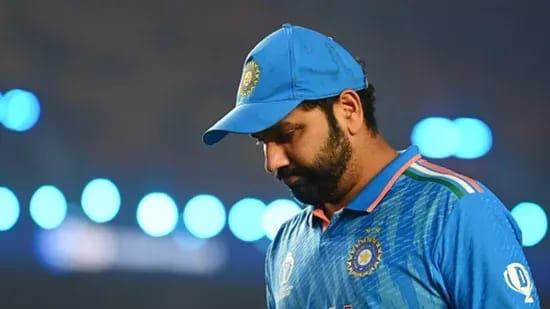Rohit Sharma set for captaincy talks with selectors before Australia ODIs: stability now or early transition?

Rohit Sharma to meet selectors over ODI captaincy before Australia tour: what’s on the table and what it means
Rohit Sharma is set for direct talks with the national selectors on the ODI captaincy ahead of the three-match series in Australia, with fitness cleared but leadership still under deliberation. The meeting will shape India’s short-term plans for October–November and signal the roadmap to the 2027 ODI World Cup.
What’s being discussed
Selectors intend to speak one-on-one with Rohit about retaining the ODI captaincy for the Australia series, amid a packed 19-day white-ball leg that includes three ODIs (Oct 19, 23, 25) and five T20Is (Oct 29–Nov 8). With Hardik Pandya unavailable (quadriceps) and Rishabh Pant still rehabbing a foot fracture, resource balance and leadership continuity are central. Shubman Gill’s workload is also under review after leading in Tests and featuring in the Asia Cup; rest from a portion of the white-ball leg is on the table.
Why the timing matters
Fitness and form: Rohit cleared his fitness assessment at the BCCI Centre of Excellence and returned to runs at the end of last season, finishing the Champions Trophy with a title-winning effort.
Calendar squeeze: India have only nine ODIs this season (3 away in Australia now, 6 at home later), so any leadership shift must be purposeful rather than reactive.
Strategic horizon: T20 World Cup at home next year and high-priority WTC home Tests make workload and role clarity critical for senior players.
Arguments for retaining Rohit now
Stability across a short ODI window: With few ODIs before 2027, disrupting on-field protocols and game management just before a marquee away series risks more churn than benefit.
Proven big-tournament record: Under Rohit’s white-ball leadership, India have banked high-pressure wins, with an established batting template and field-management patterns.
Senior nucleus: With Pandya and Pant out, a senior captain simplifies roles for a touring group that may rotate specialists between formats.
Why a transition could be considered
Long-term runway: If leadership is to move to a younger core for 2027, earlier handover gives the new captain time to embed combinations and situational habits.
One-captain philosophy: Consolidating leadership across formats has appeal for planning, language, and tactical consistency; Gill is already Test captain.
Workload logic: A leadership change can also help manage Rohit’s ODI playing time, focusing him on high-impact roles and specific conditions.
Selection and workload puzzle
Senior returns: Rohit and Virat Kohli are expected to feature in ODIs after extended breaks, with conditioning aligned for Australia conditions.
Workload splits: Gill could be rested from one format on tour to stay fresh ahead of South Africa Tests (first Test starts Nov 14, shortly after T20Is end Nov 8).
Bowling mix: With travel-heavy logistics (at least seven internal flights), seam workloads must be staged; late-overs specialists and a wristspin option remain essential in Australia.
What a pragmatic plan looks like
ODI captaincy clarity before departure, locking batting roles for top-6 and finisher slots.
Defined rotation lanes: fast-bowling group split between ODIs and T20Is; one of the allrounders held back for freshness.
Gill’s usage optimized: if he plays Tests and Asia Cup, consider resting him from at least one white-ball leg on tour.
Contingency captain named: if Rohit is retained, name an ODI vice-captain with in-game responsibility (DRS, field ploys, bowling changes in quiet phases).
What to watch for in the announcement
Captaincy call: retained vs transition now with a stated vision for 2027.
Senior batter workloads: how Rohit and Kohli are deployed across venues and formats.
Allrounder cover: balance without Hardik—does a bowling allrounder step in, or do India lean into specialist depth plus an extra batter?
Spin profile: one wristspinner plus a control left-arm finger spinner remains the likely baseline for Australian grounds.
If the long-term handover is the destination, clarity—and a publicly articulated plan—matters more than the exact date. If stability is the priority for a short ODI window, retaining Rohit now with a succession statement for 2026 can align both short-term results and long-term build.